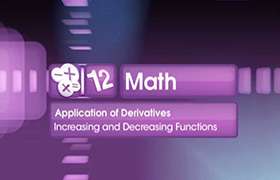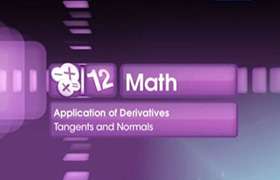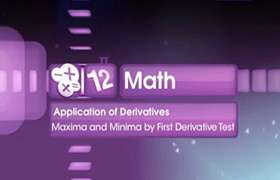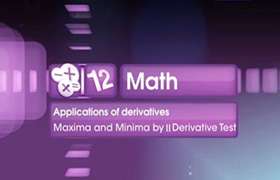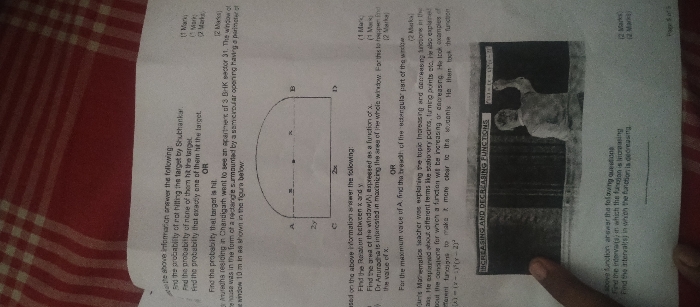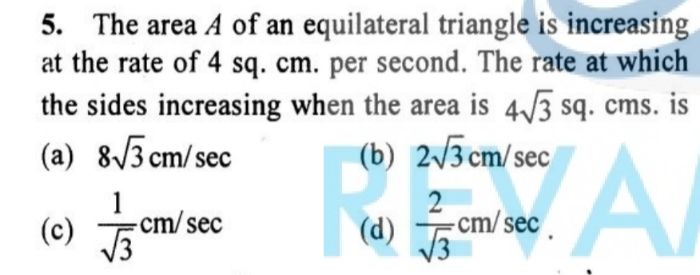CBSE Class 12-science Answered
question is :
Asked by spuneet23 | 16 Oct, 2010, 11:14: AM
Dear Student,
It does depend whether either 'a' or 'b' is also one of the root.
If neither of them is a root,
then the interval can contain atmost k roots of p'(x) = 0;
You can judge it from the diagram below:

The circle represents the real roots of p(x) and the horizontal lines represent the real roots of p'(x) =0;
both are equal to 4.
Regards,
Answered by | 19 Oct, 2010, 10:37: AM
Concept Videos
CBSE 12-science - Maths
Asked by srisrinivasa.mcrl | 04 Feb, 2024, 10:39: AM
CBSE 12-science - Maths
Asked by shubh31122006 | 23 Dec, 2023, 02:27: PM
CBSE 12-science - Maths
Asked by lailavafra08 | 26 Oct, 2023, 07:24: PM
CBSE 12-science - Maths
Asked by saisidh05 | 04 Jul, 2022, 03:04: PM
CBSE 12-science - Maths
Asked by agarwalgolu318 | 13 Aug, 2020, 08:09: PM
CBSE 12-science - Maths
Asked by jeevasankar123456 | 17 Jul, 2020, 05:14: PM
CBSE 12-science - Maths
Asked by givduf | 11 Jul, 2020, 09:00: AM
CBSE 12-science - Maths
Asked by clbalaji.cnhalli | 05 Feb, 2020, 08:30: PM
CBSE 12-science - Maths
Asked by Ronitupadhyay13 | 20 Dec, 2019, 12:28: AM
CBSE 12-science - Maths
Asked by dineshchem108 | 09 Oct, 2019, 07:04: PM


